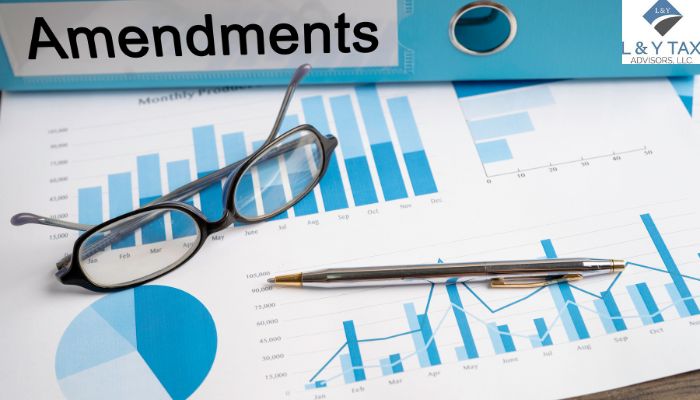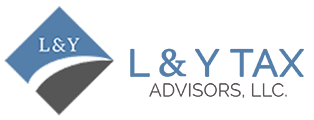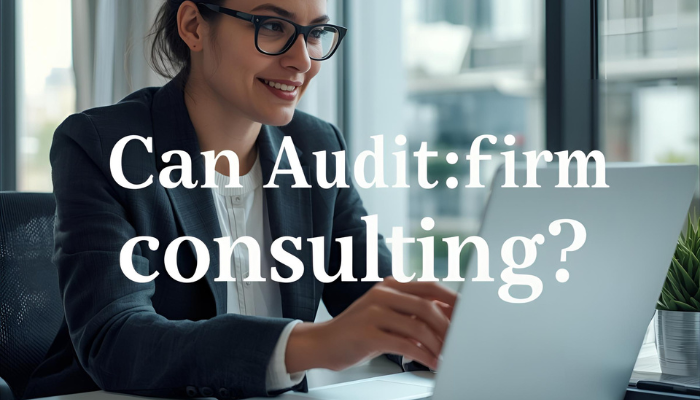
What is a First Amendment Audit?
Have you ever wondered if it is legitimate to film public officials? If yes, it would be a wise choice to search for what is a First Amendment audit. Sounds weird, doesn’t it? Let’s see what it unfolds!
The First Amendment is a pillar of American freedom. It protects essential liberties, including the right to free speech and the press. However, how does this apply to recording events in public areas?
What is a First Amendment Audit in the U.S.?
Filming public servants or officials in public areas like sidewalks, libraries, and government buildings is a part of First Amendment audits. Its objectives are to:
- Hold these people responsible
- Test the legitimacy of filming in these areas
Consider a police station auditor recording conversations. An uneventful encounter indicates that the audit was successful. On the other hand, it begs the question of how well-informed the public employee is on First Amendment rights if they attempt to thwart the recording or issue an arrest threat.
These audits are frequently recorded and posted online as activism on websites like YouTube. Advocates contend that they uphold accountability for public employees and encourage openness.
Legality of First Amendment Audits
The U.S. Supreme Court acknowledges the value of open communication with public authorities. Lower courts have continuously maintained the First Amendment’s protection of press and speech freedoms, including the right to film in public areas.
This implies that auditors can often record conversations with public servants in public spaces without their consent, but there are restrictions.
Non-Public Spaces
Filming is not permitted in places where there is a legitimate expectation of privacy. However, auditors may record everything that is viewable from a public place, so they might be able to see regions that aren’t open to the public.
Reasonable Limits
Time, place, and manner limits are permissible in public areas. These regulations must be content-neutral, meaning they must apply equally to all parties and not pick out particular messaging. Some examples include restricting access during working hours, outlawing firearms, and outlawing loud music.
Click here to learn about the IRS & state audit representation.
Examples of First Amendment Audits
It might be argued that an early example of a First Amendment audit was engaged in the 1991 Rodney King beating case. The tape made by George Holliday revealed police violence and provoked anger across the country.
In 2020, two armed men in Colorado claimed First Amendment rights by filming voters casting their votes. Even if it didn’t directly interfere, the experience shows how unsettling these audits may be.
However, “cop-watching” films, in which the public records police encounters, have resulted in officer disciplinary proceedings and heightened police accountability.
Controversy Surrounding First Amendment Audits
Opponents contend that these audits frequently use strategies that intimidate and threaten public servants, causing them to violate their First Amendment rights. Particular auditors profit from their films by acting confrontationally and garnering more views.
A recent case involving an Arizona YouTuber who intimidated a staff member of the attorney general’s office highlighted the possibility of misuse.
The Bottom Line
So, now you know what is a First Amendment audit in the U.S.!
Testing limits are where the central tension is found. Some audits violate the law or even endanger individuals. However, others serve the public interest by exposing wrongdoing and defending First Amendment rights.
Read More: what happens to your tax liability with proper financial planning


